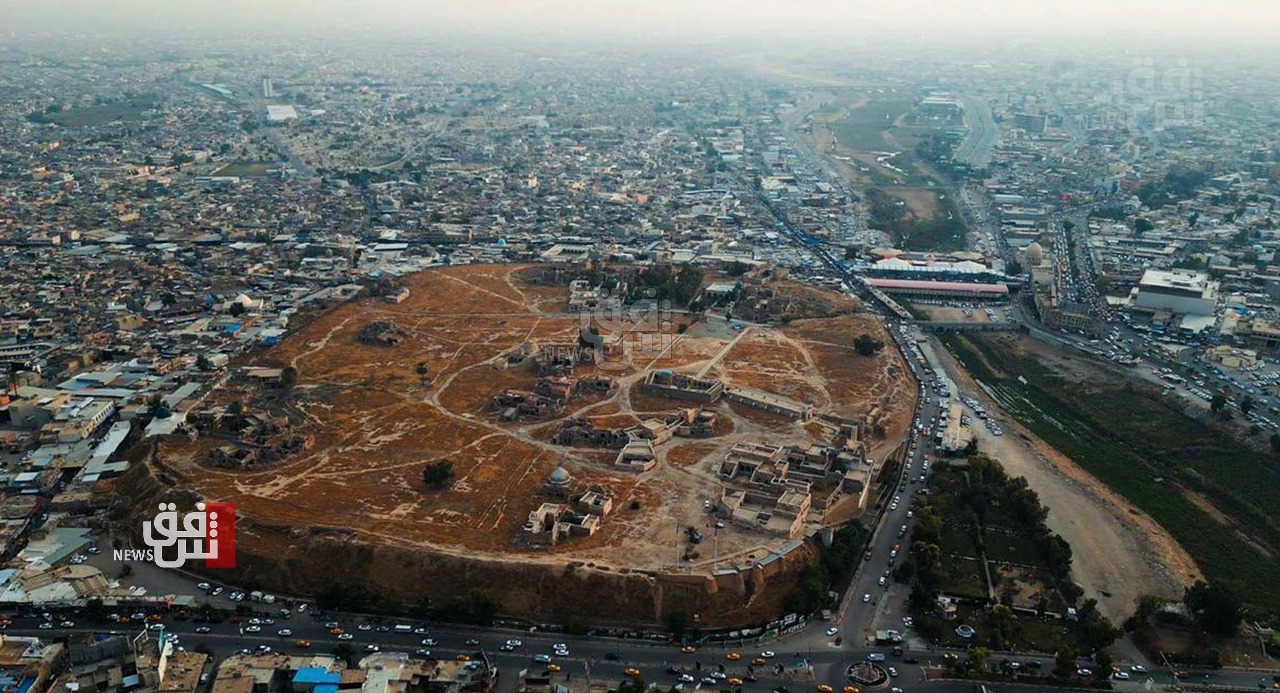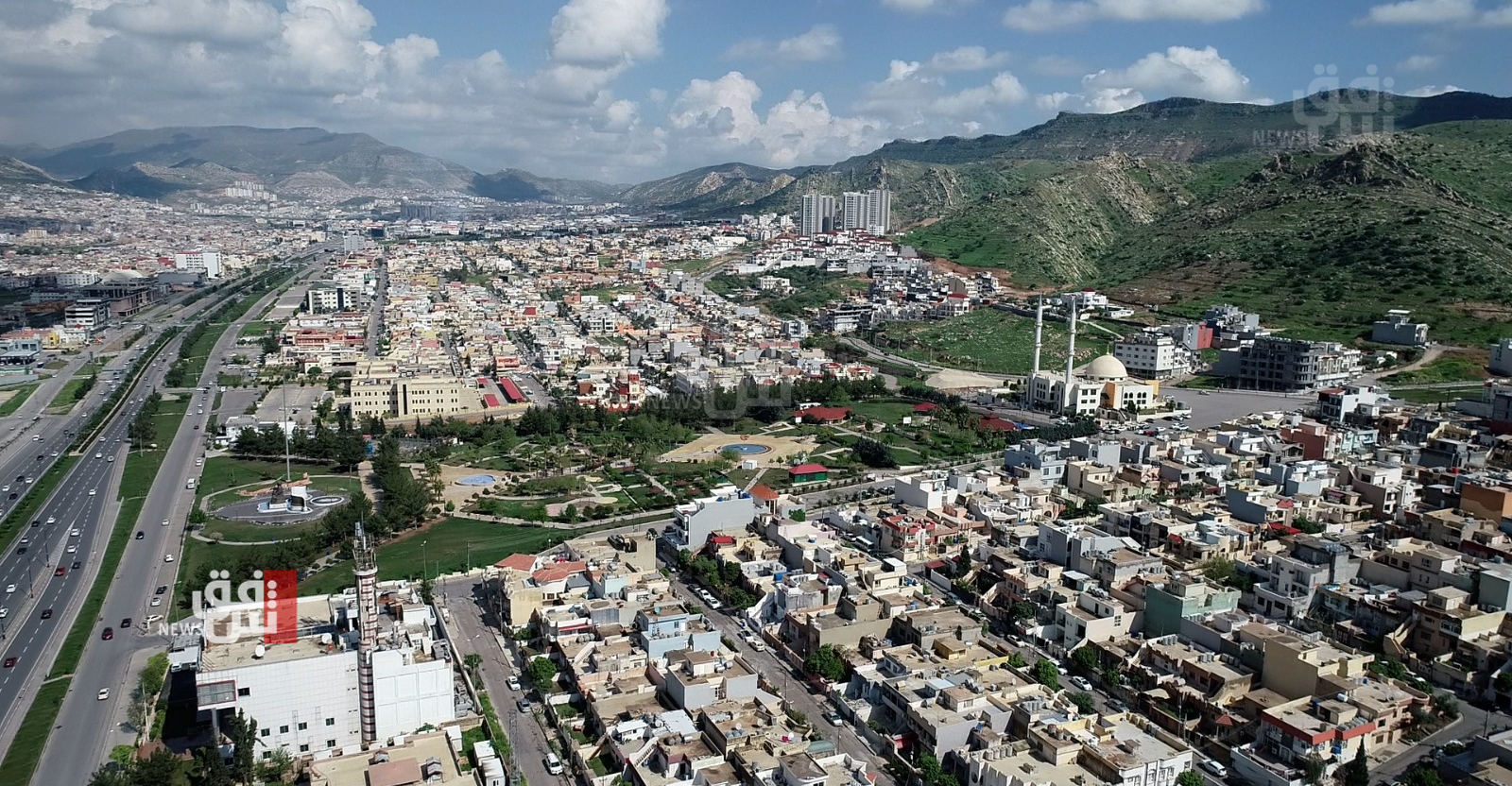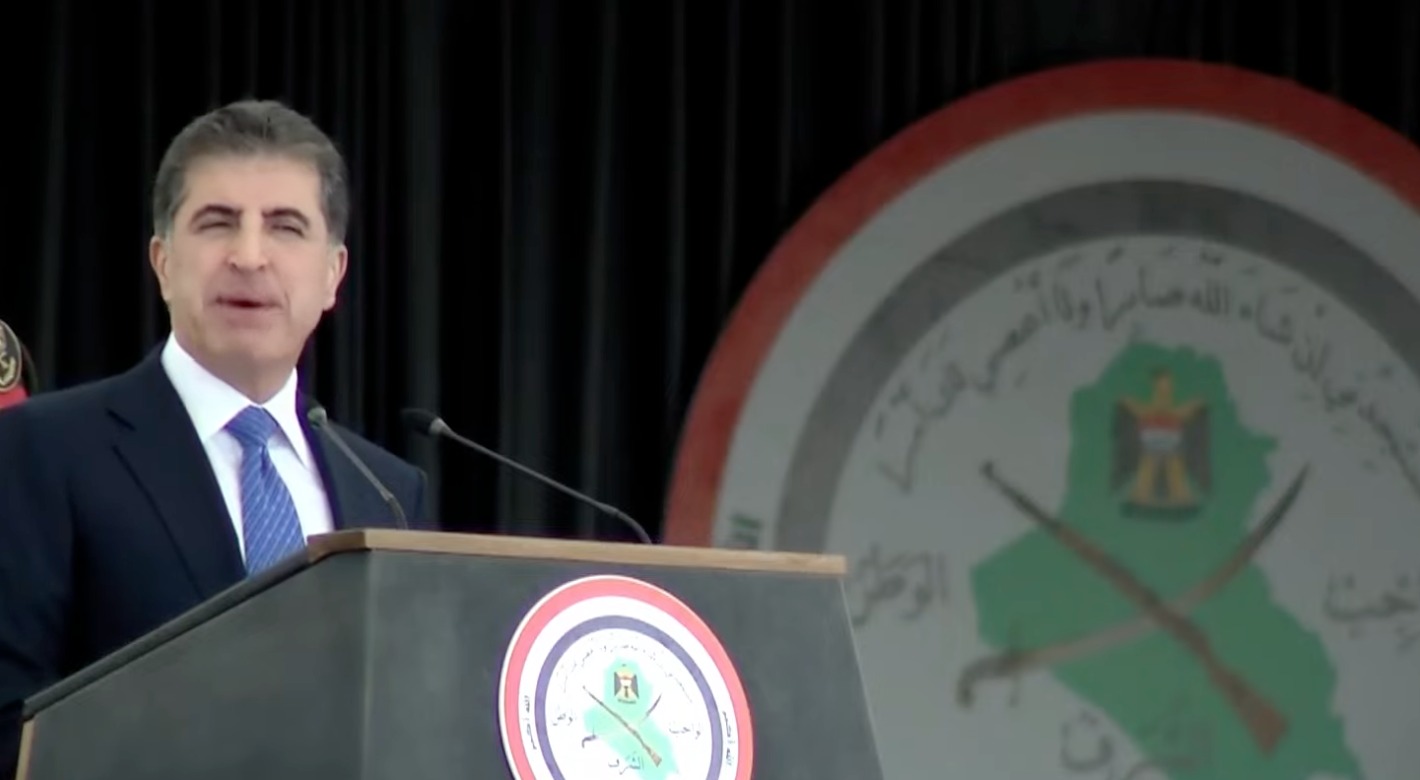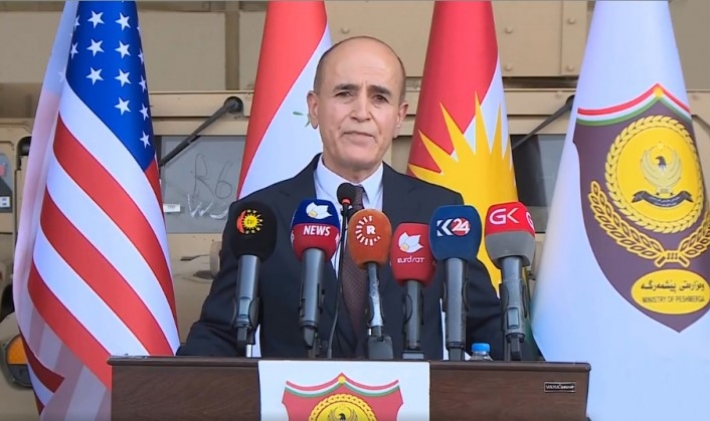Iraq's poverty crisis: Corruption and conflict at the core

Shafaq News/ Iraq's economic situation has deteriorated in recent yearsdue to a series of compounded crises. The war against ISIS left a trail ofdestruction and displacement, while the COVID-19 pandemic added further strainon the country's already fragile economy. In addition to these challenges,administrative corruption, public fund mismanagement, and weak transparency andaccountability mechanisms have contributed to the ongoing economic hardship.Furthermore, Iraq's vital agricultural, livestock, and fisheries sectors areseverely impacted by climate change, threatening many of the country's mostimportant industries and livelihoods.
While government efforts have been made to improve infrastructure andhousing, rampant corruption and ongoing conflict continue to exacerbate povertyand hinder meaningful reform.
Current Poverty Statistics
In July, the Strategic Center for Human Rights in Iraq (SCHR) reportedthat more than ten million Iraqis, or approximately 25% of the population, arecurrently living below the poverty line.
Hazem Al-Rudaini, vice president of SCHR, noted that despite significantgovernment efforts to improve infrastructure and housing, poverty andunemployment remain persistent.
He explained that "while the Ministry of Labor provides financialaid to two million families through its Social Welfare Department, over onemillion additional families are eligible for support. Unfortunately, the 2024budget does not allocate new funds for the social protection network. WithIraq's population around 43 million, over ten million people are experiencingeconomic hardships."
Extreme Poverty vs. General Poverty
The Ministry of Planning has differentiated between extreme poverty andgeneral poverty. Abdul Zahra Al-Hindawi, the ministry's spokesperson, explainedthat "extreme poverty—where an individual's income falls significantlybelow the norm, and their food security and other essentials are severelythreatened—is relatively rare in Iraq, with a rate between 1.5% and 2%."
"In contrast, general poverty, which involves individualsstruggling to meet basic needs but still managing some subsistence, affectsabout 20% of the population."
According to Al-Hindawi, "The ministry is developing its thirdfive-year strategy for poverty alleviation, focusing on improving services inhealth, education, housing, and income levels."
Notably, The Ministry of Planning has previously reported that Iraq ishome to 4,000 slums, sheltering around 3.06 million people.
Debate on Poverty Figures
Economic expert Hilal Al-Taan has challenged the Ministry of Planning'spoverty figures, arguing that "the actual poverty rate in Iraq is between30% and 35%, higher than the official estimate of 20%."
Speaking to Shafaq News Agency, Al-Taan attributed this discrepancy toseveral factors, including the prolonged war, economic sanctions that isolatedIraq from the global economy, and mismanagement of the country's wealth.
He criticized the government's social safety net, describing it as"inadequate and temporary," emphasizing the need for long-termsolutions such as "revitalizing industries, improving infrastructure, andenhancing the agricultural sector to reduce unemployment and poverty."
It is noteworthy that official data revealed that approximately threemillion Iraqis currently receive monthly financial aid from the government.However, the total number of those eligible for assistance is around ninemillion, far exceeding what the government can support due to budgetconstraints.
Main Poverty Causes
Unemployment, poor wealth distribution, and widespread corruption areamong the primary causes of poverty in Iraq, according to economic expertDhurgham Mohammed Ali.
Ali emphasized to Shafaq News Agency that "administrative andfinancial corruption, a rentier economy, limited development opportunities, andthe lack of a strong private sector have all contributed to the worseningpoverty situation. Additionally, overcrowded cities due to poor urban planningin recent years have intensified these issues."
Ali suggested that addressing poverty requires a comprehensive approach."The solutions lie in implementing e-government procedures, fightingcorruption more effectively, recovering stolen funds, and using them to developindustrial cities and projects that can reduce unemployment. Increasing theappeal of investments and promoting developmental investments are also crucialsteps."
Unemployment Crisis
Unemployment also remains a significant issue, with over 1.65 millionregistered unemployed individuals. SCHR's vice president urged the governmentto adopt a strategic five-year plan to bolster national industries andagriculture, reduce imports, and create job opportunities.
Al-Rudaini also pointed to the influx of foreign labor, with nearly onemillion foreign workers in Iraq, of which only 40,000 are officially registeredwith permits.
He further called for reintroducing vocational high schools specializingin agriculture, industry, and commerce, discontinued after 2003.
Government Measures
In July 2023, Iraqi Minister ofLabor Ahmed Al-Asadi announced that government initiatives had improved Iraq'sranking on the global poverty index by 20 places. "According to the UnitedNations, Iraq moved from 86th to 66th place due to recent measures aimed atalleviating poverty."
Al-Asadi emphasized that the government's efforts are ongoing, stating,"We will continue our work until Iraq reaches even more advanced stages incombating poverty."






